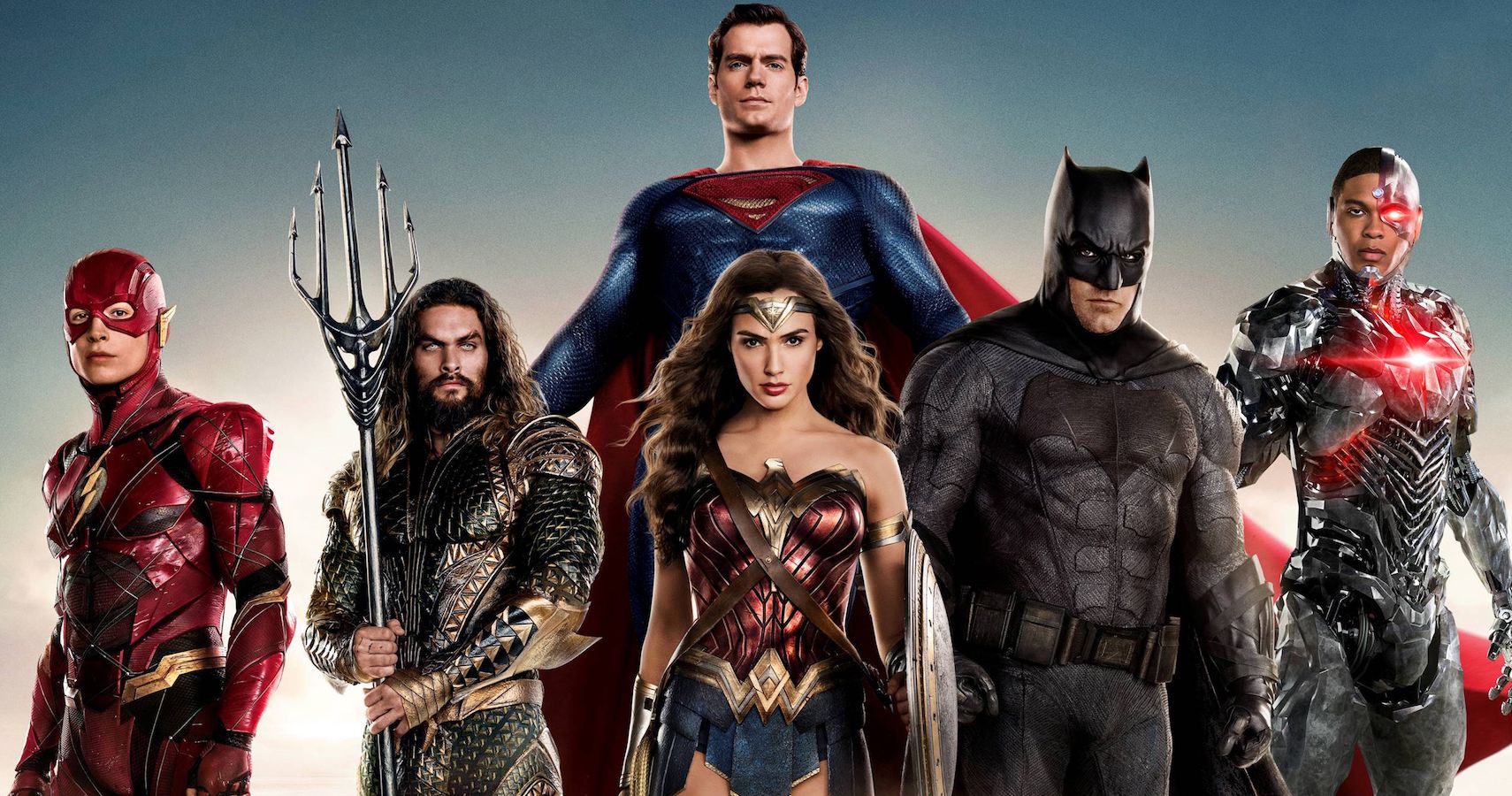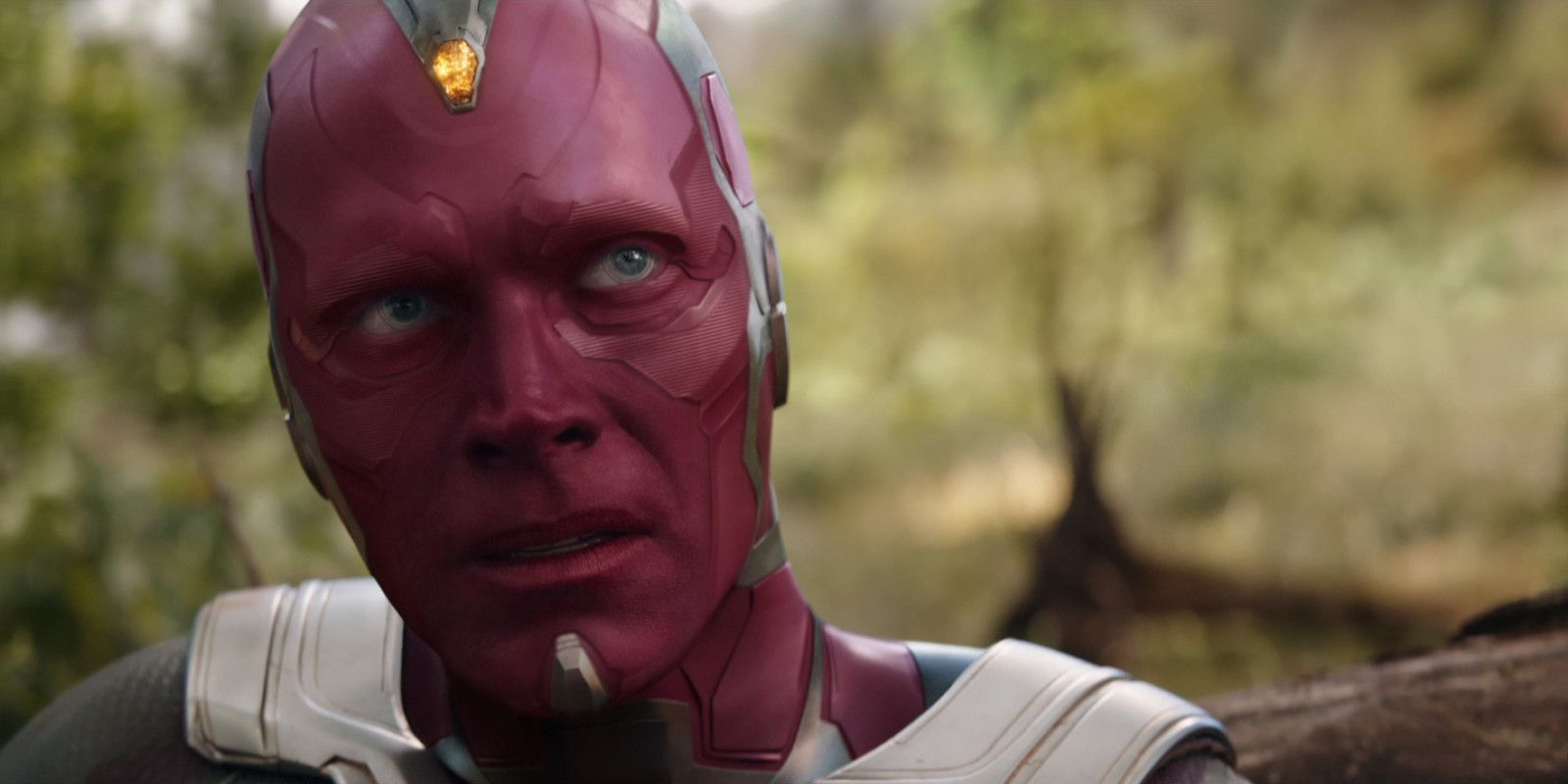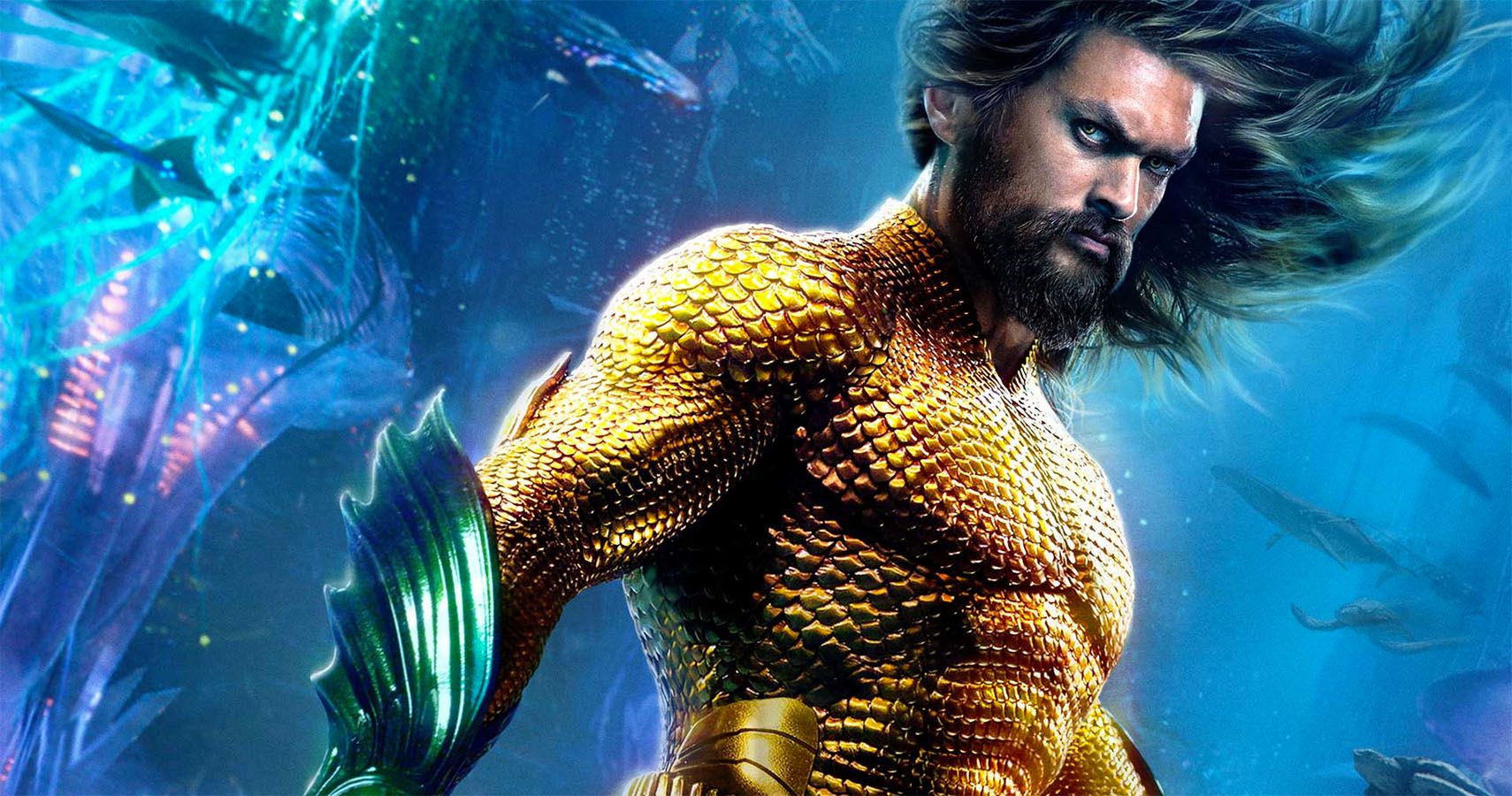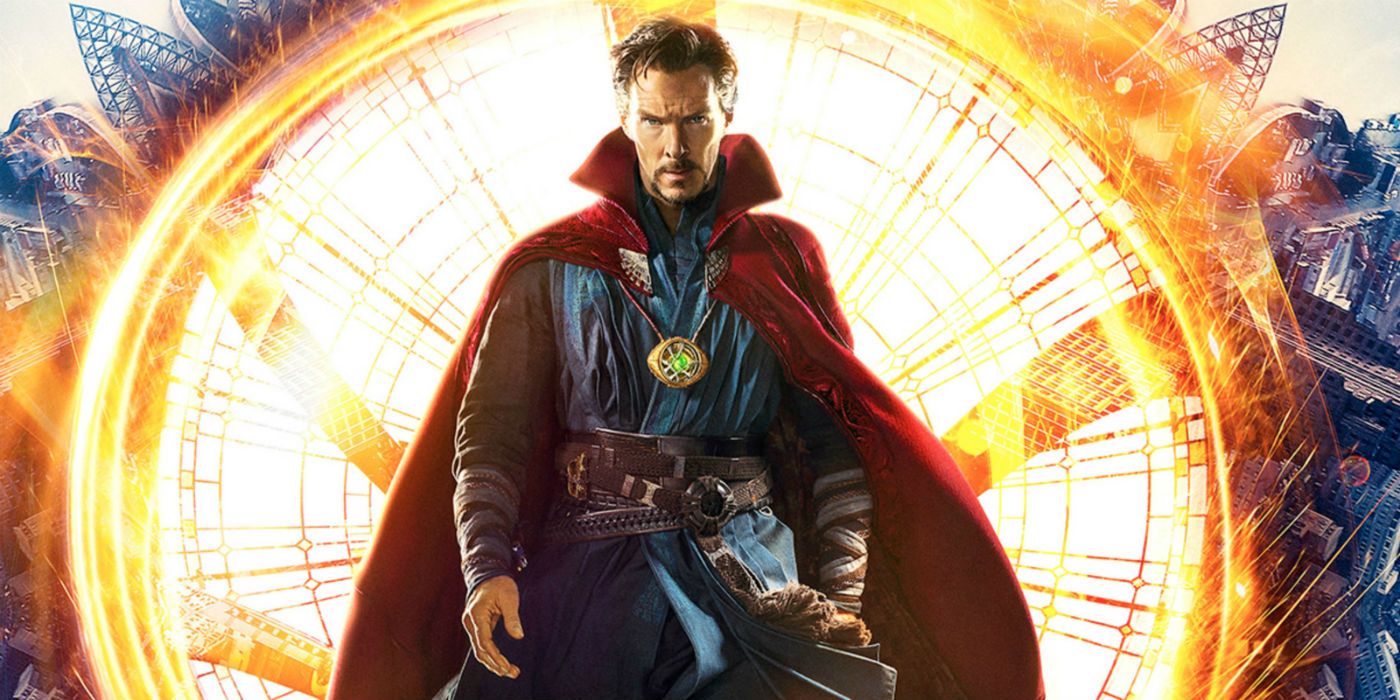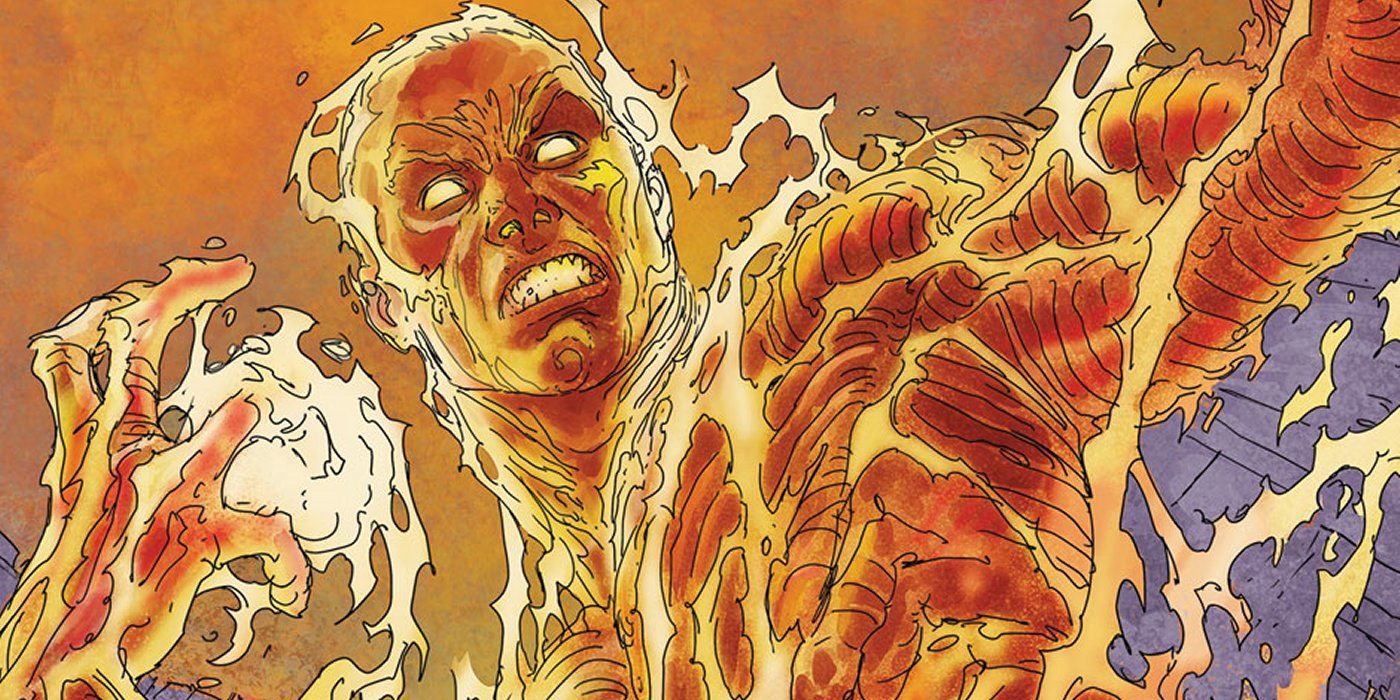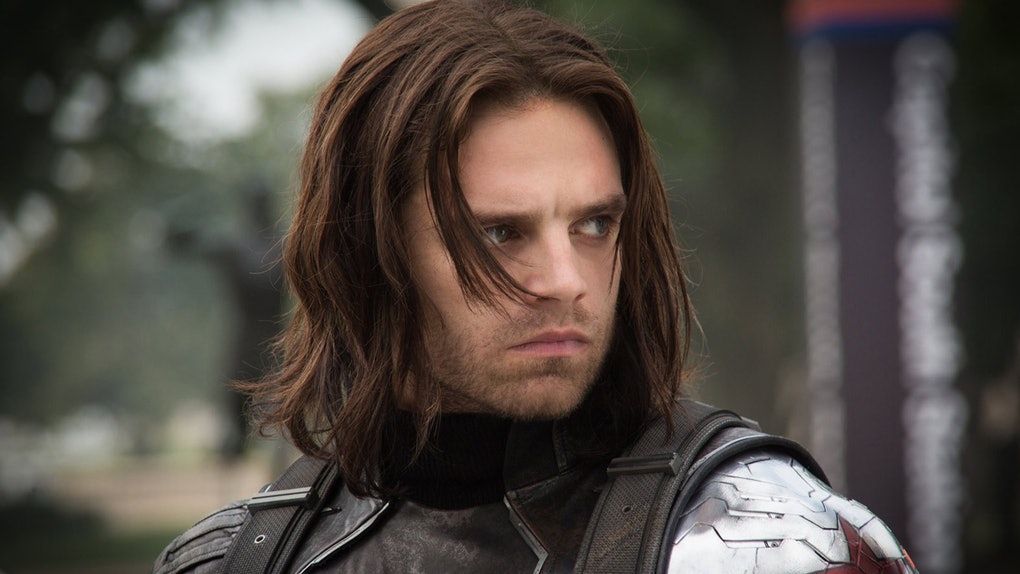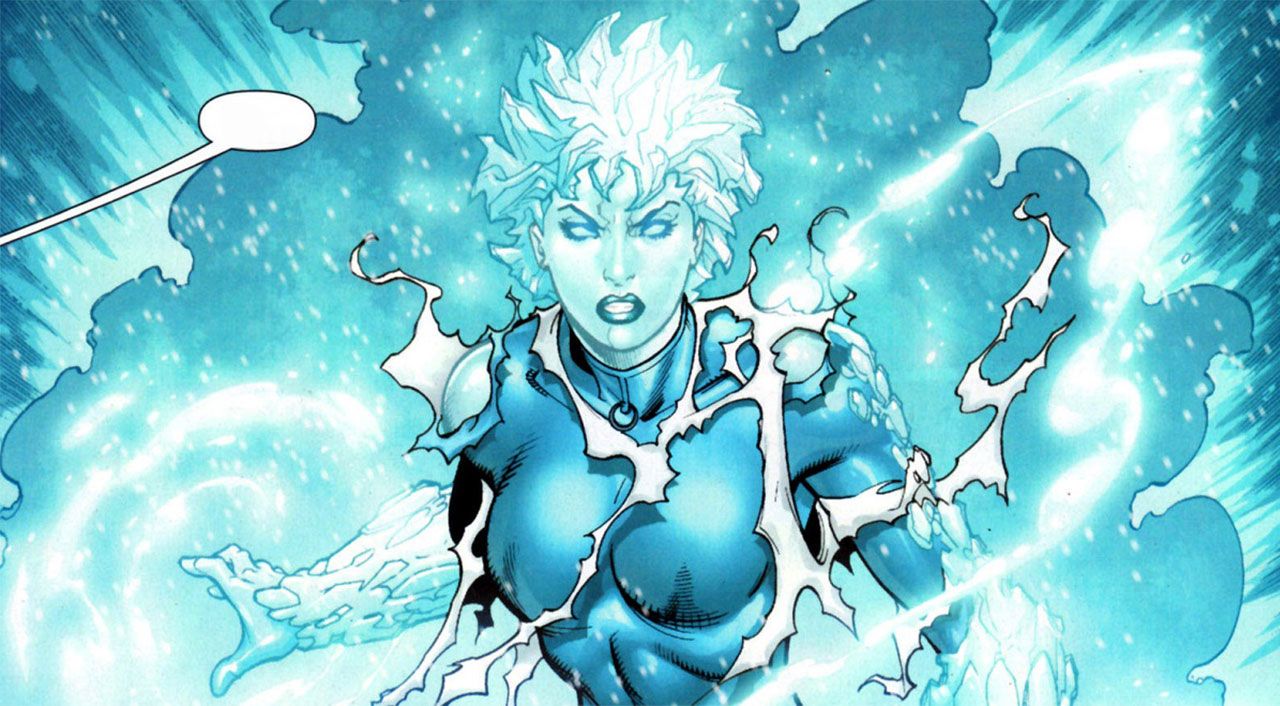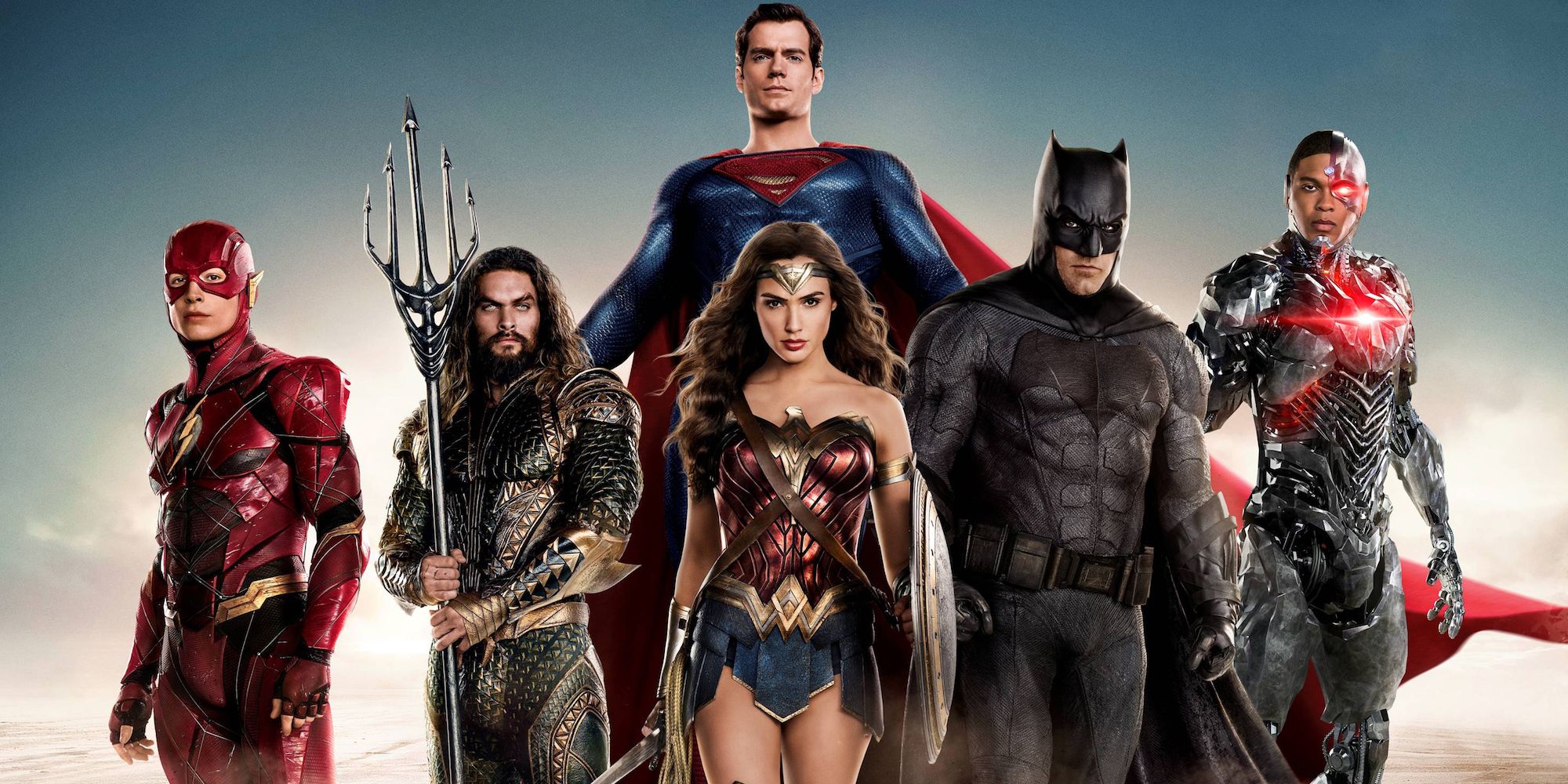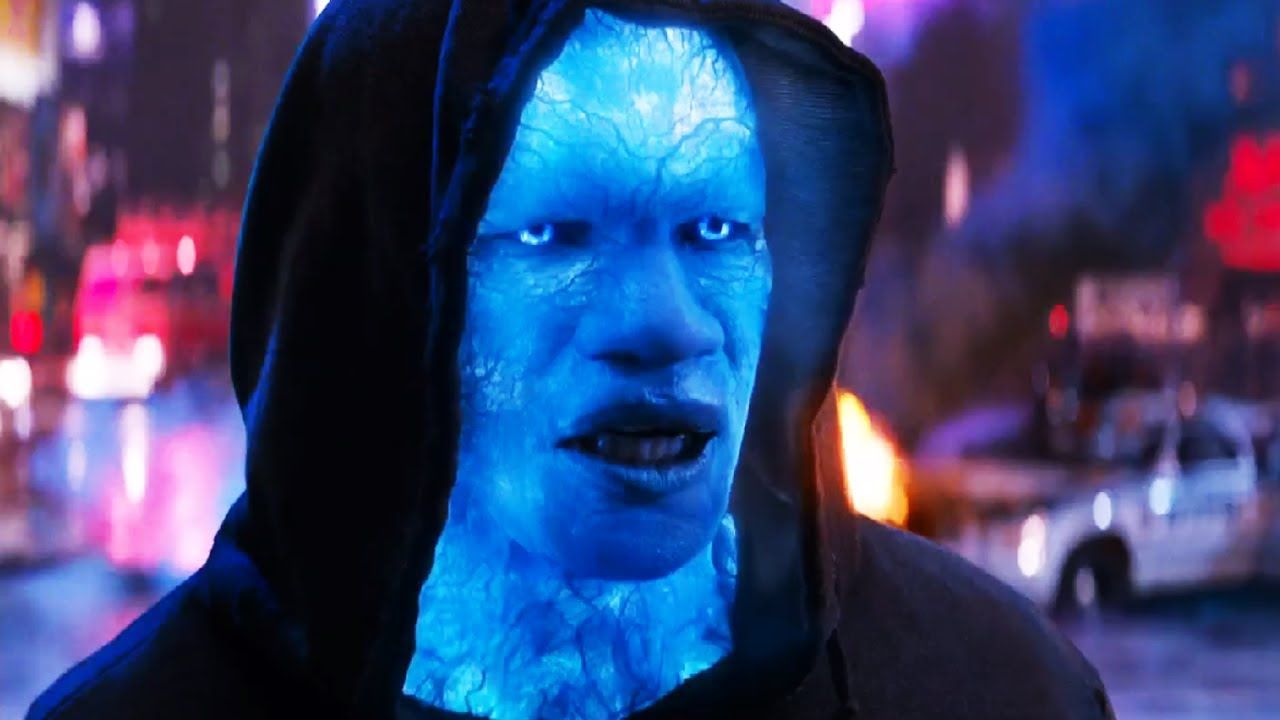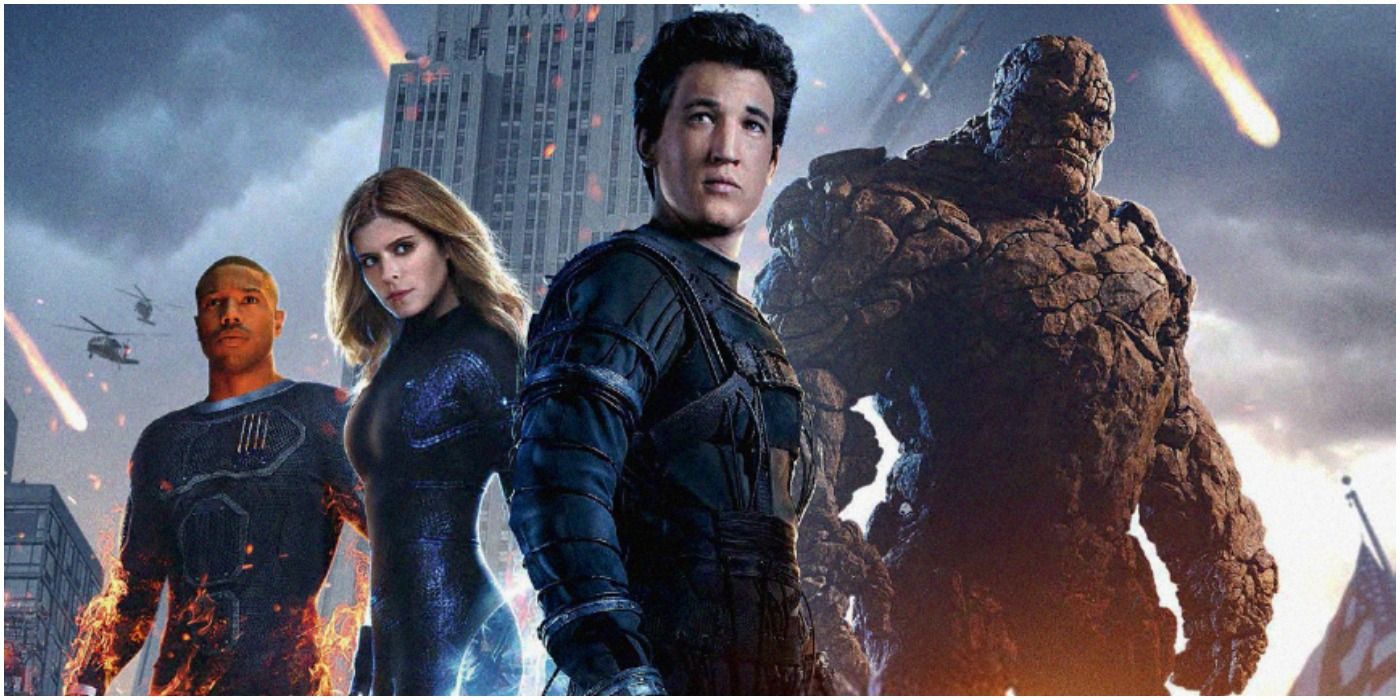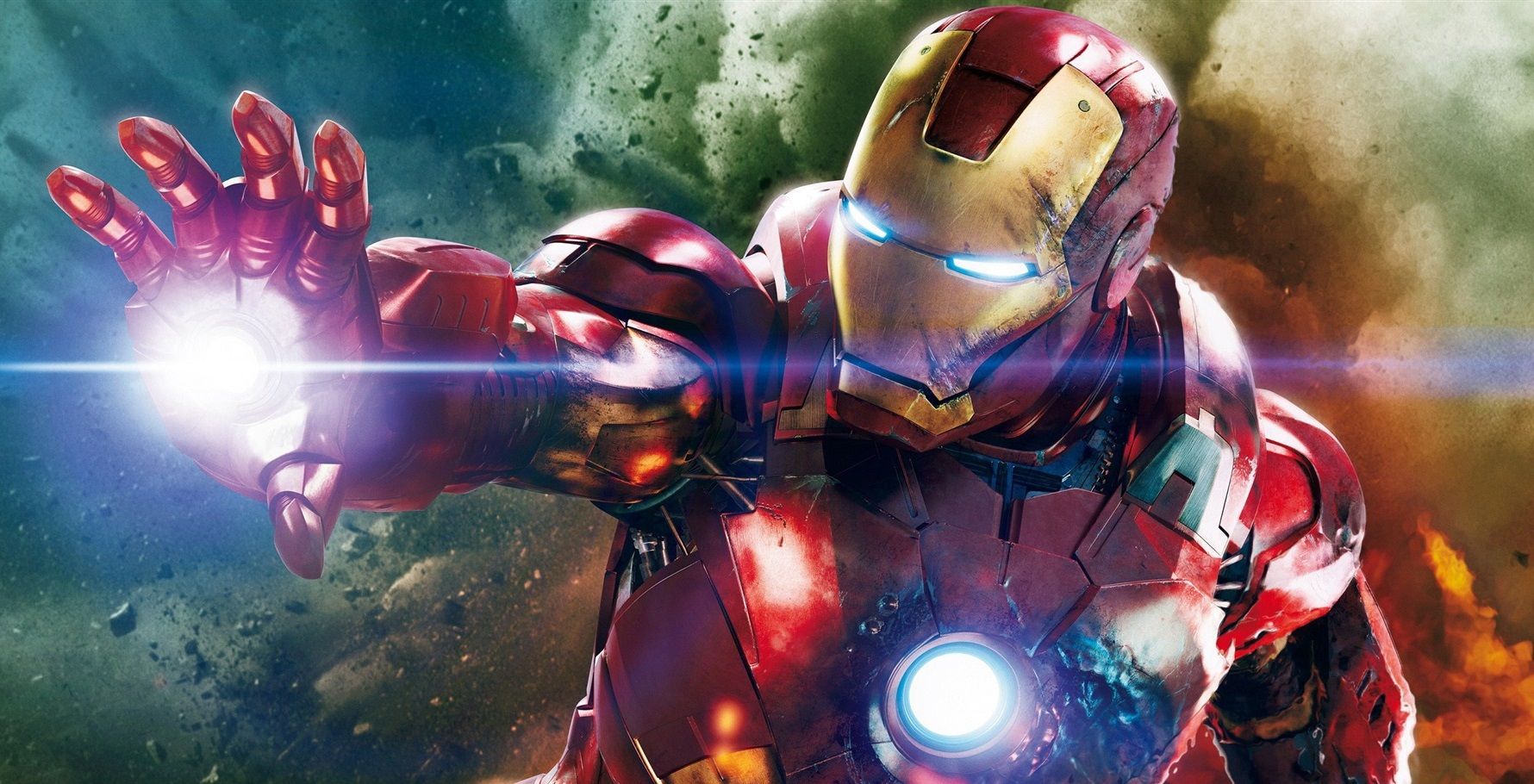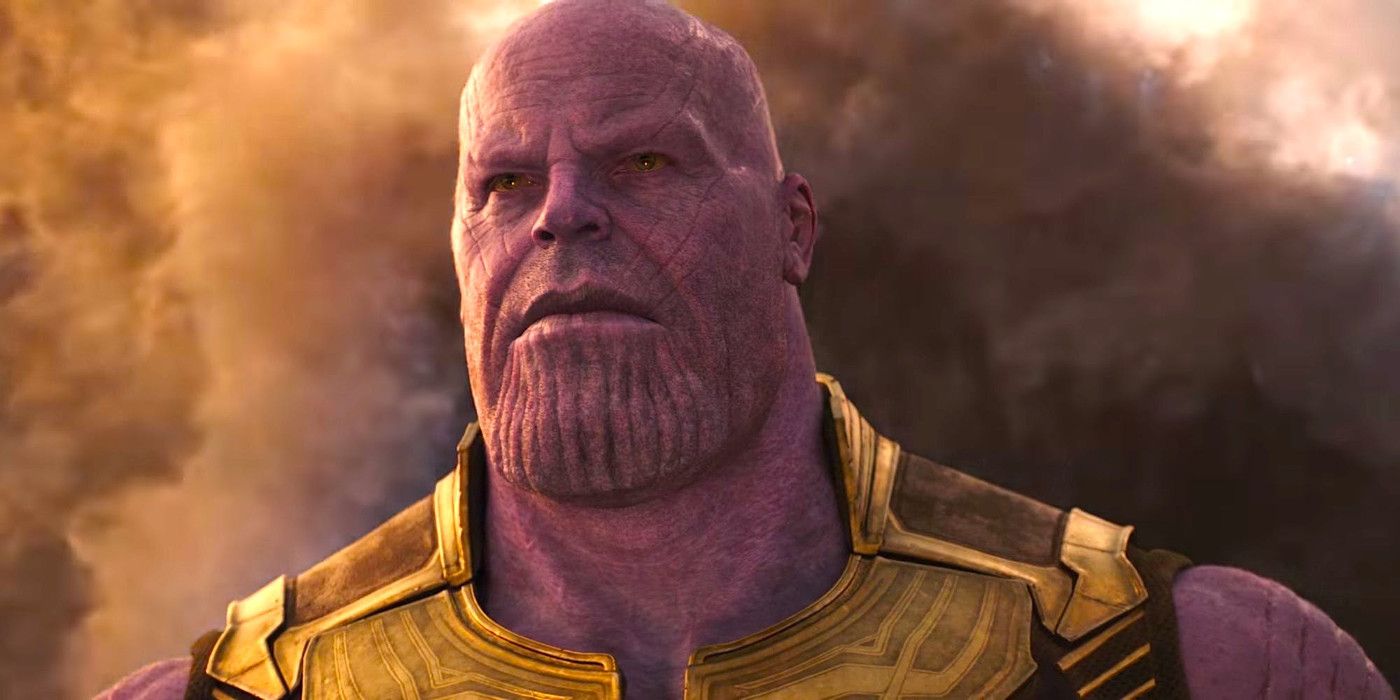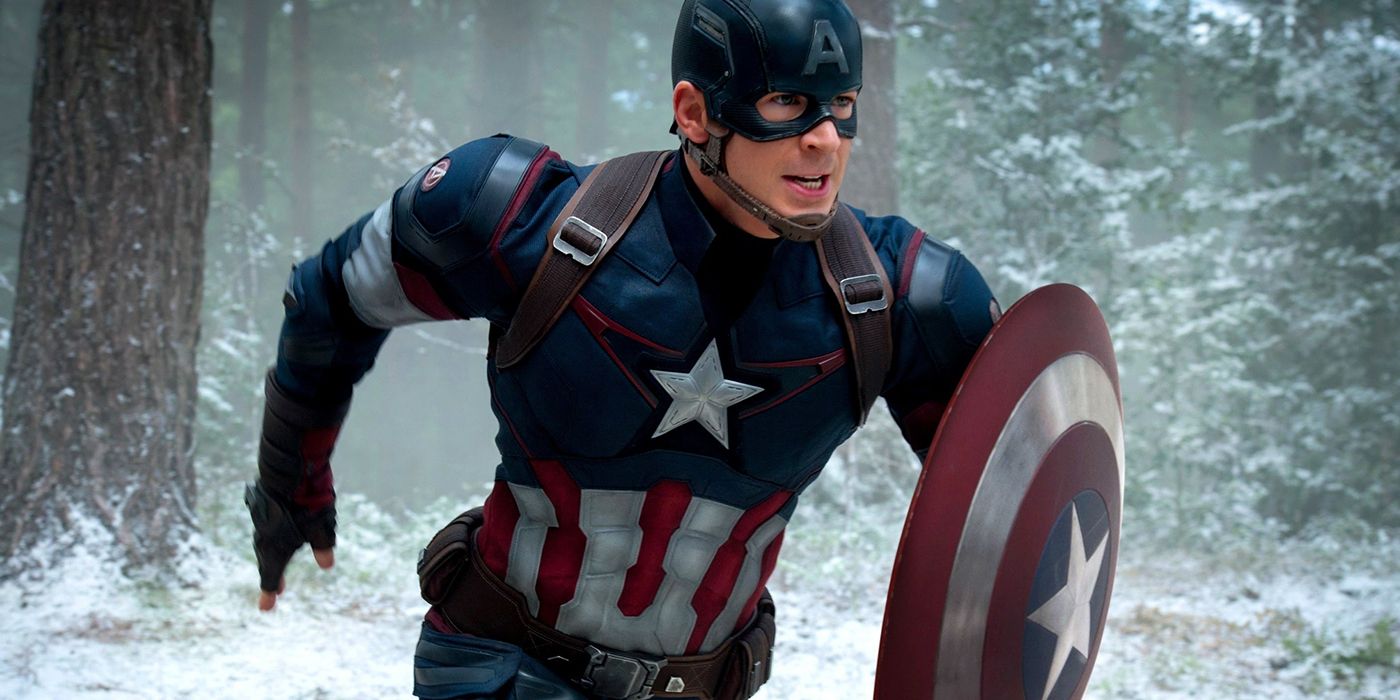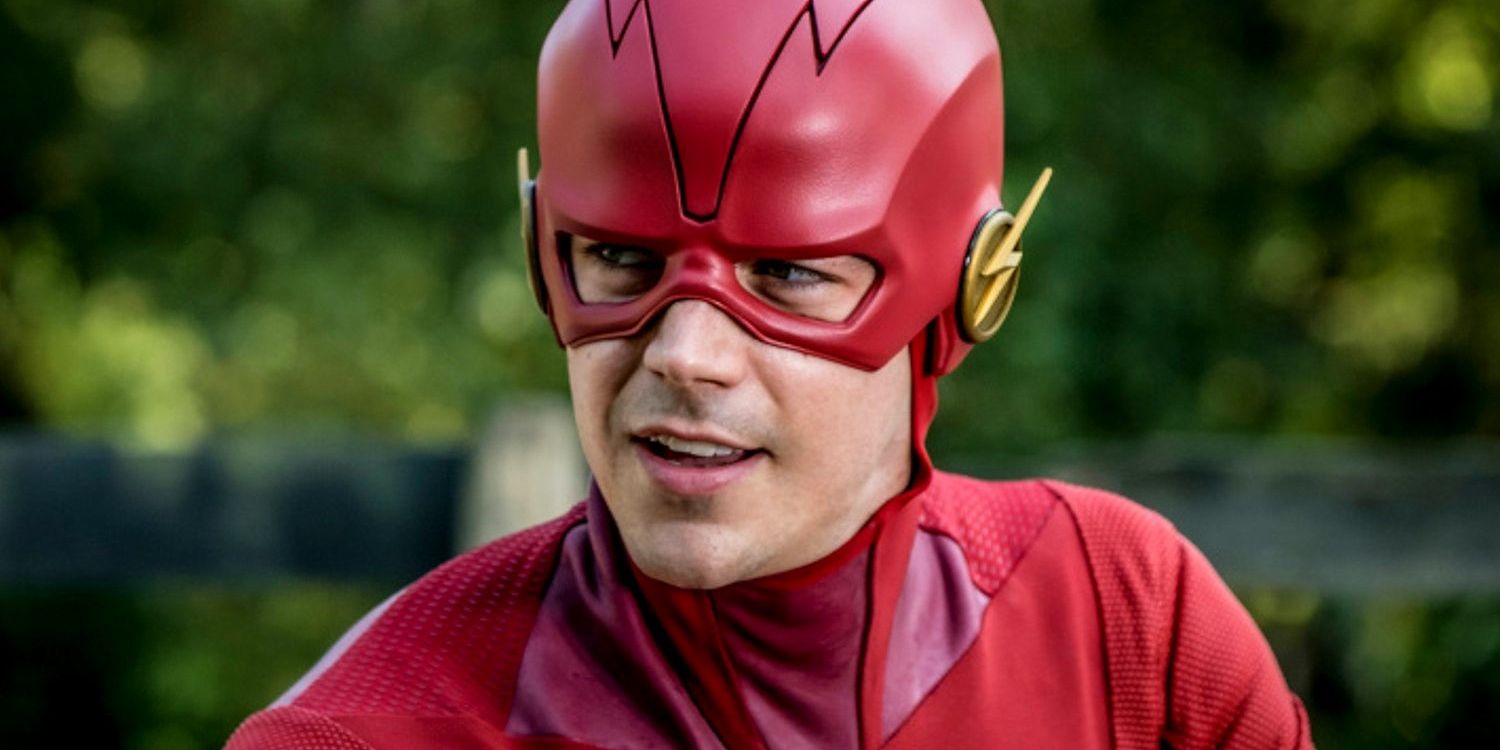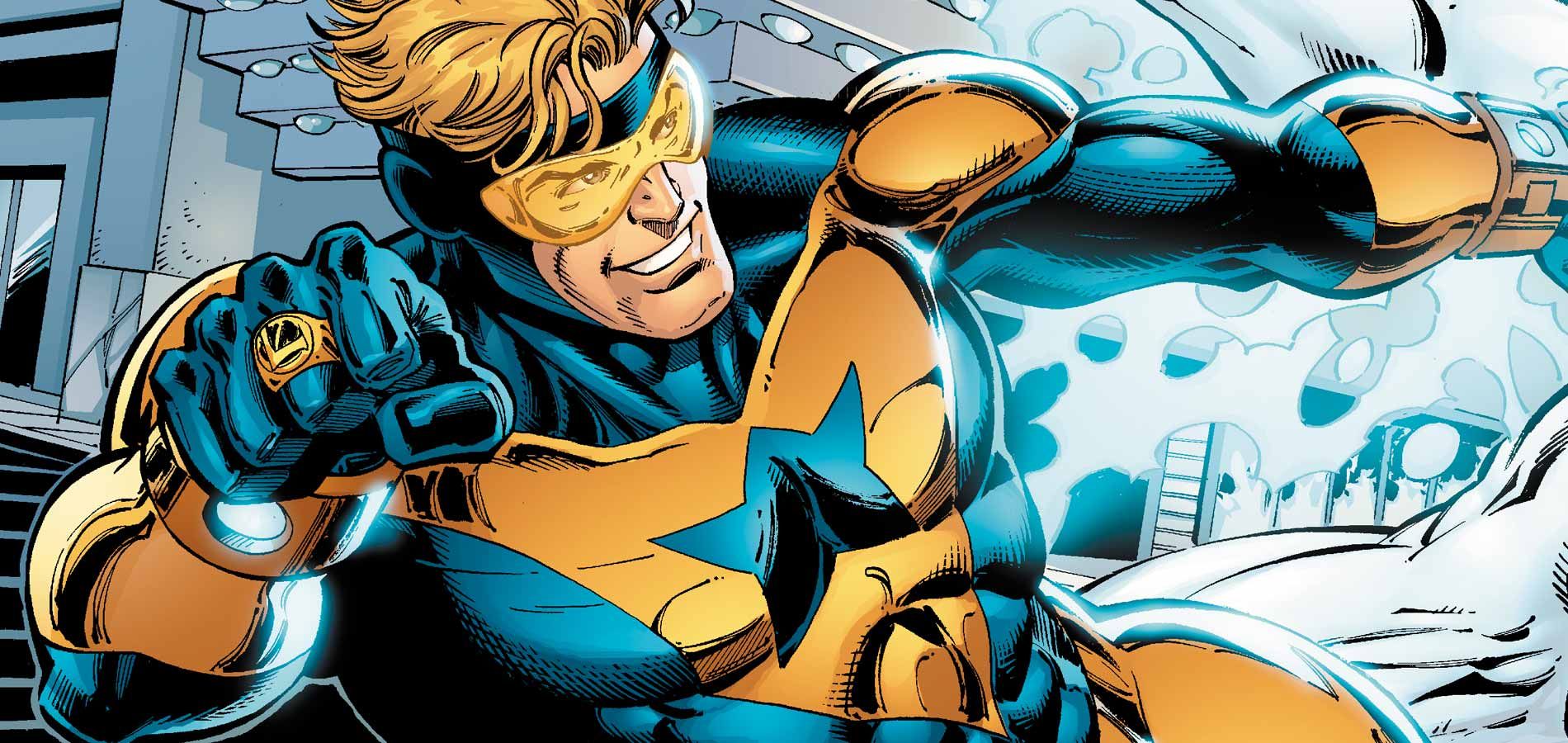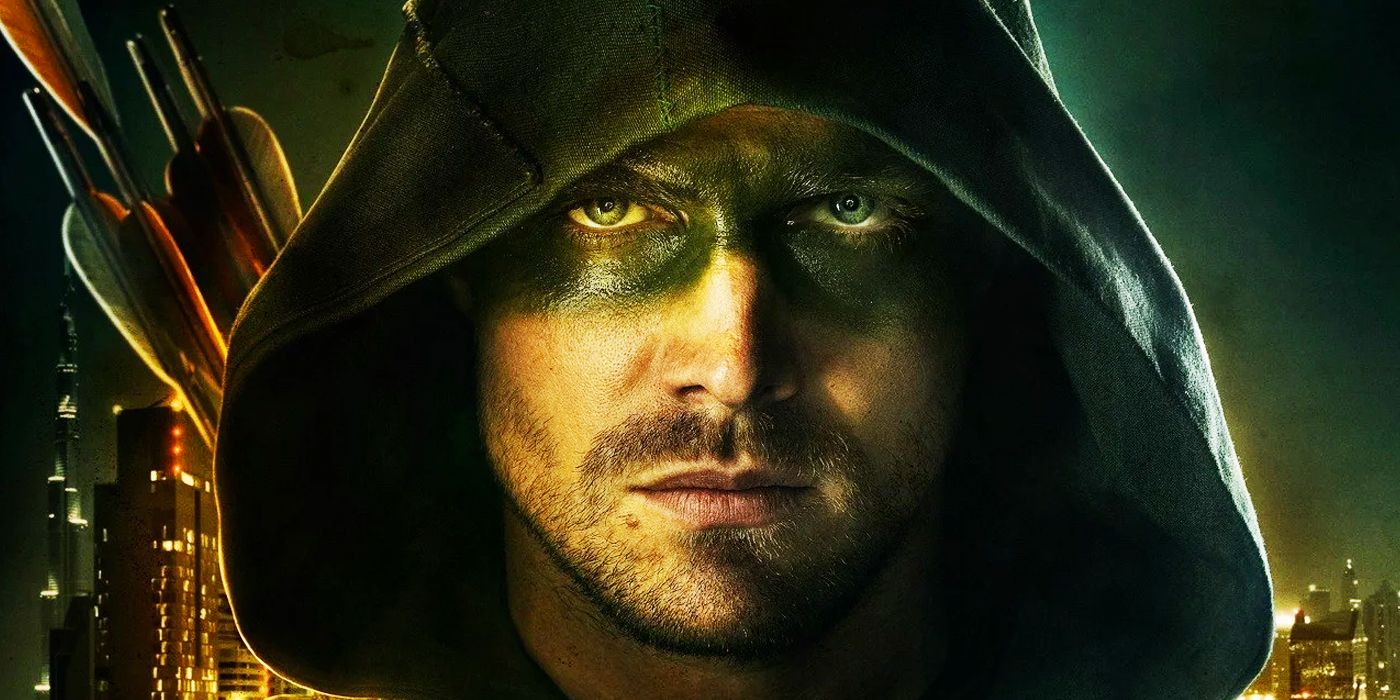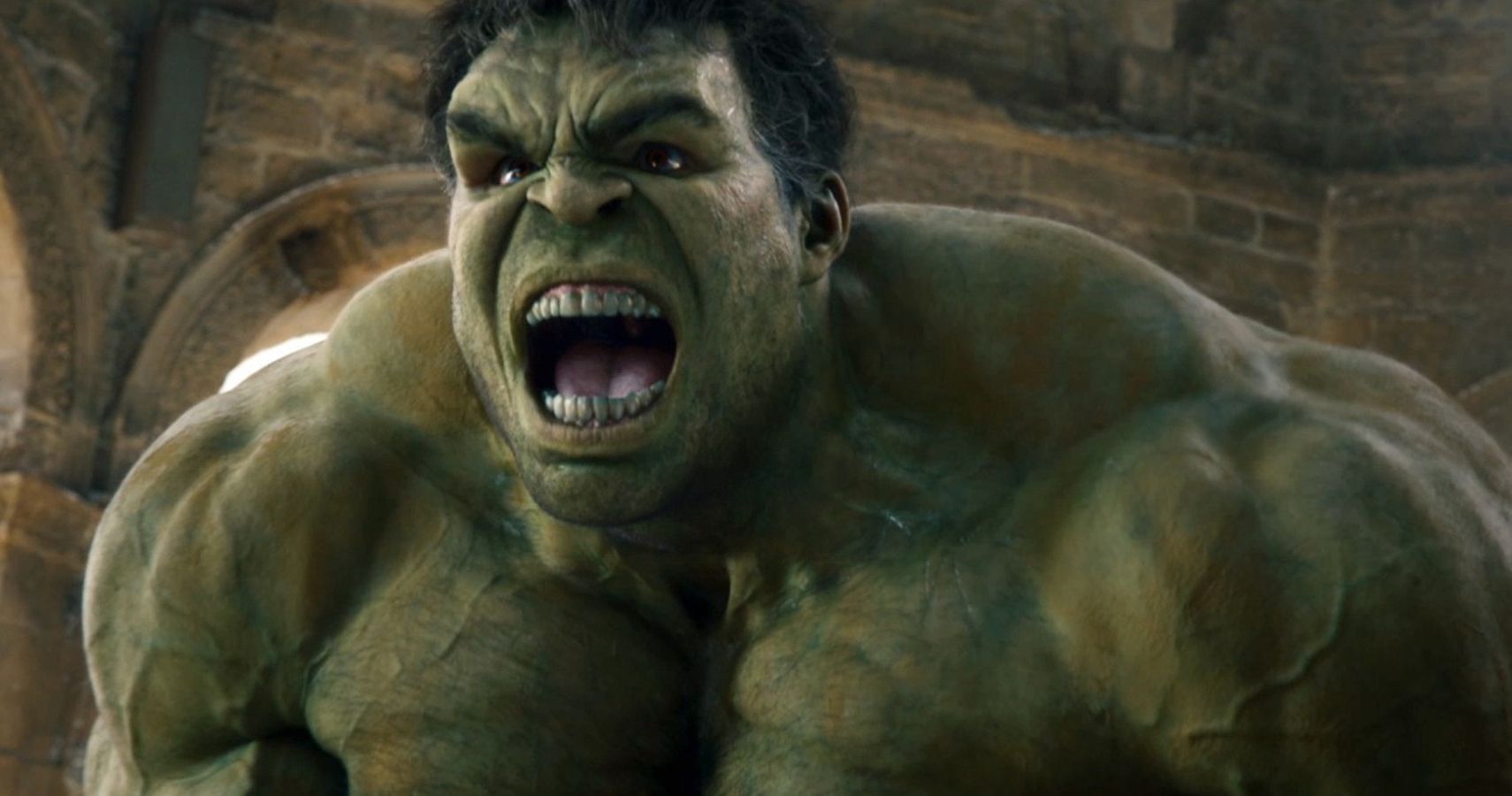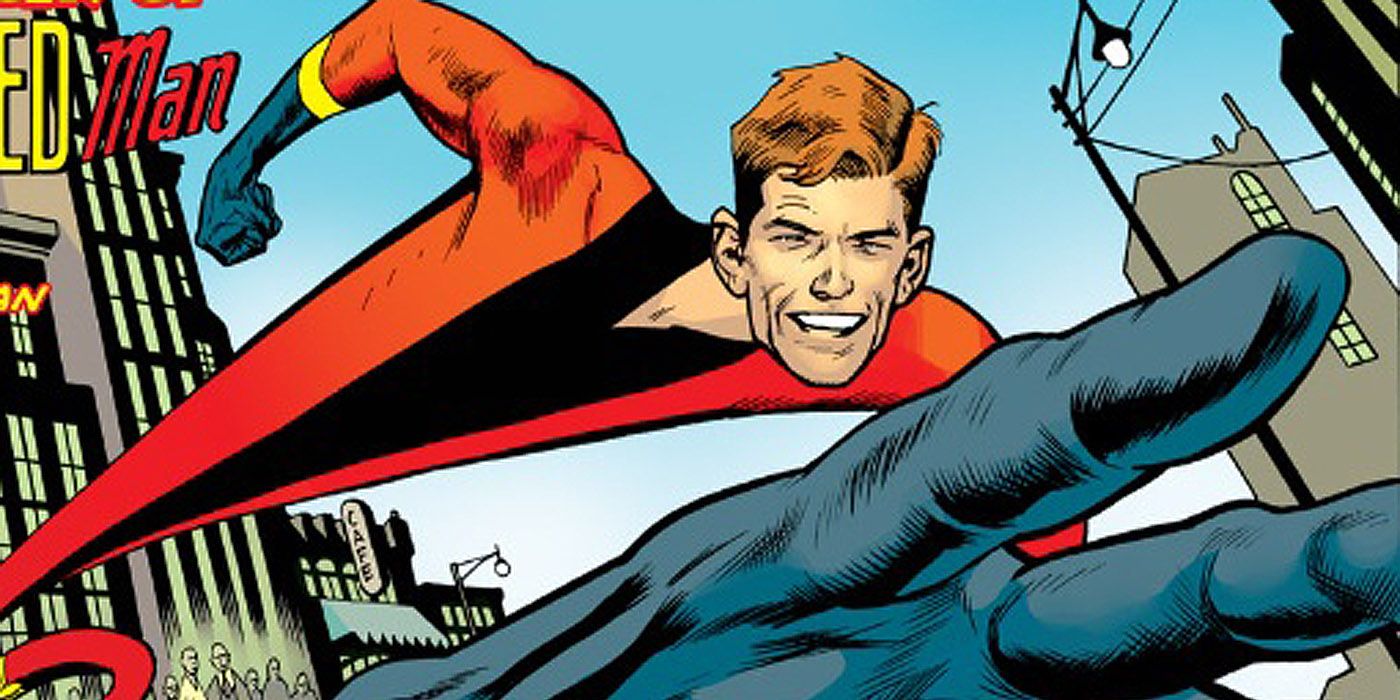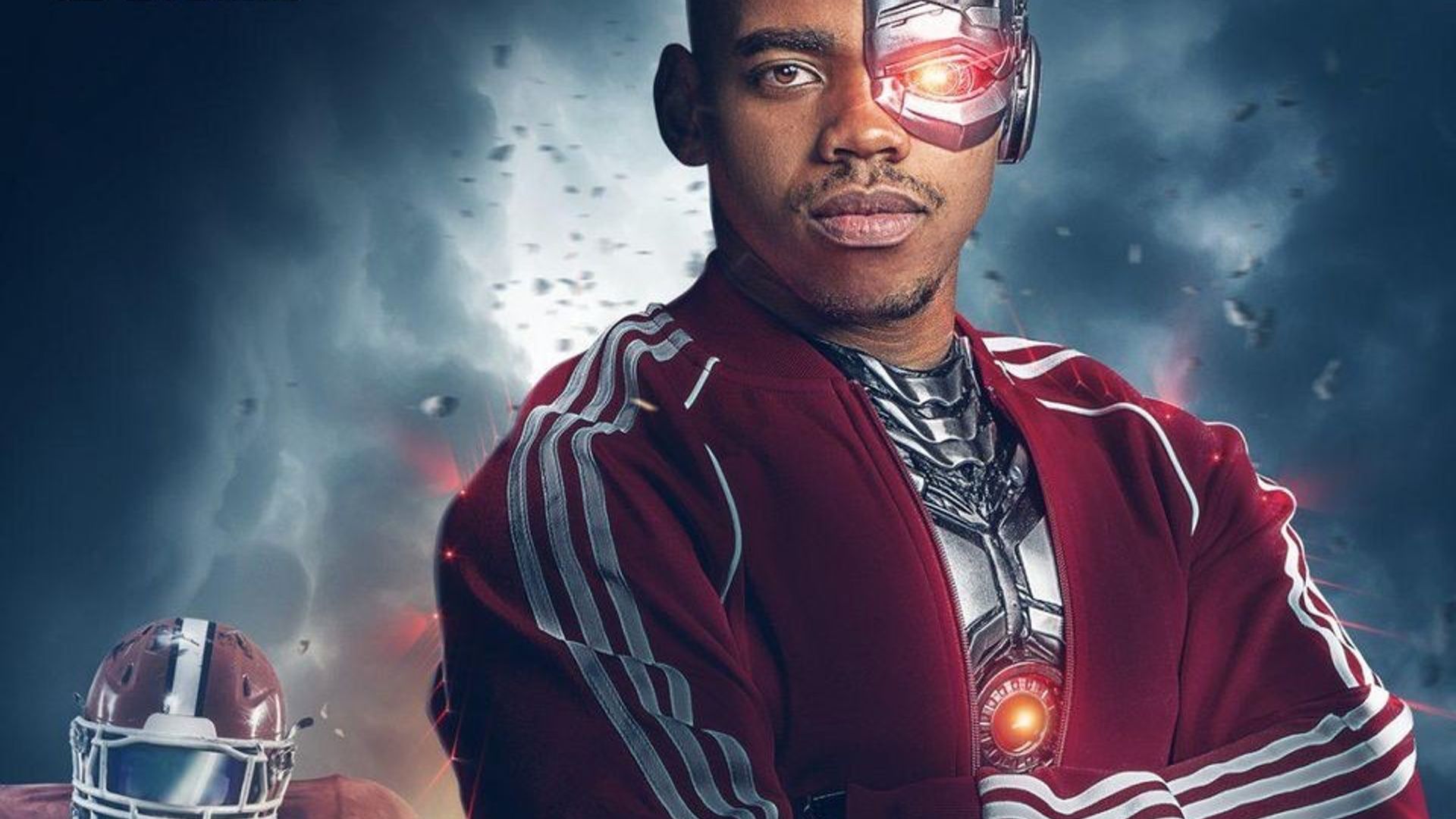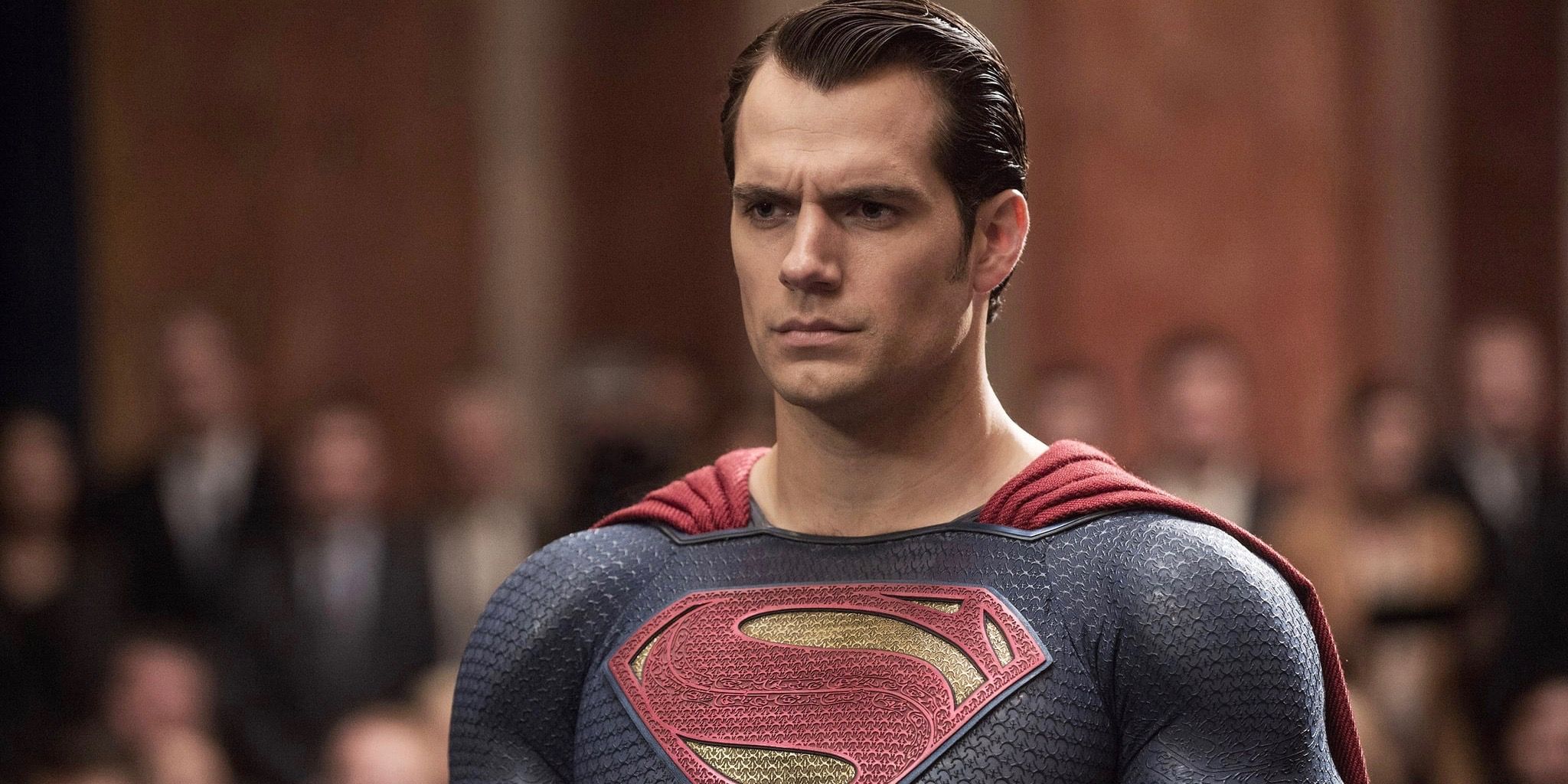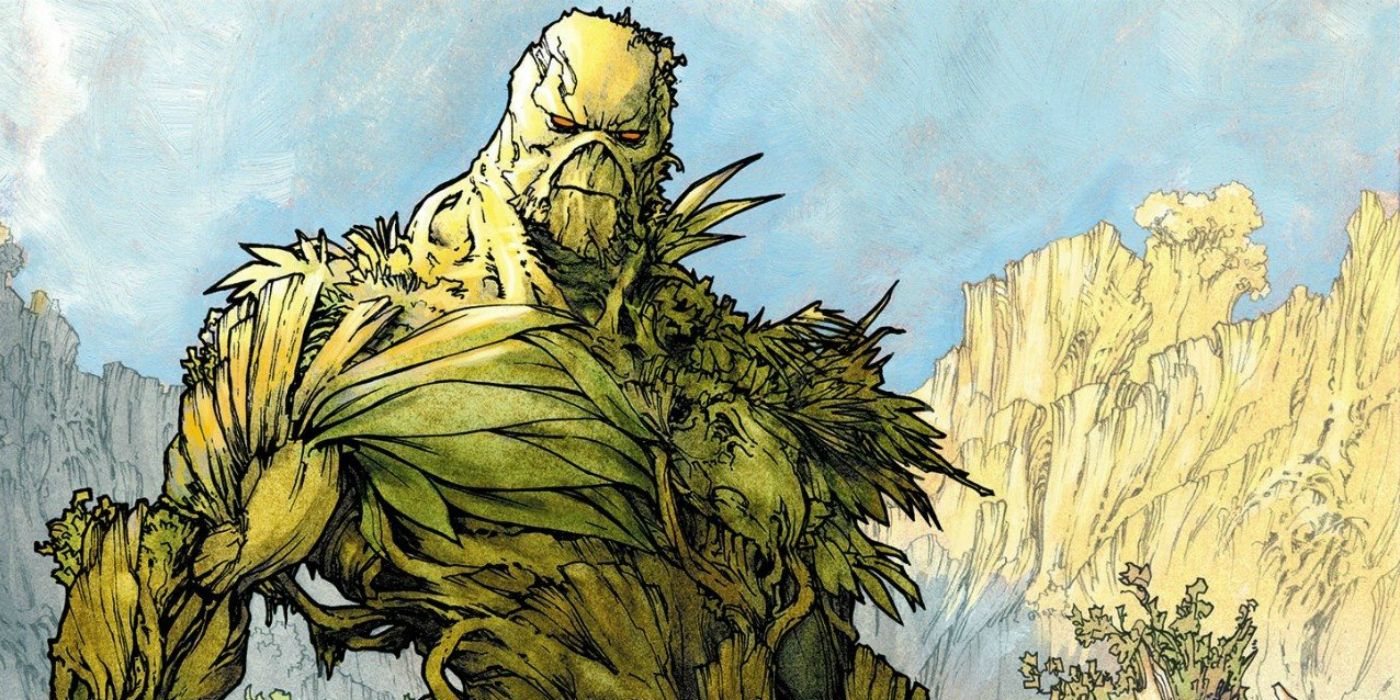What’s the old saying? It’s all been done before? In writing classes, they will tell you there are only 36 stories in the world, and every story is a variation of one of them. So it should come as no surprise that all this has been true in the world of comic book characters as well. After all, in the 80-odd years since they first hit newsstands in America, there have been literally thousands of titles and who knows how many individual issues printed. And there’s no question: DC and Marvel are the two big publishers which have dominated the scene for a very long time. This is true even before the companies became who they are now. Marvel went through different publisher names, like Timely and Atlas. before grouping up the current pantheon under their banner.
Likewise, DC originally started off as National Allied before landing on their own stable of legacy characters. All along the way, creators would see what the competition was doing and copied the good ideas they saw. So who did what first? In some cases, DC was clearly first (and to be fair, they were in business a little over a year earlier). But there were times where Marvel came up with original ideas of their own, even into the 21st century. Call it thievery, call it imitation or homage, it still led to some pretty good comics to read! Ready to play the old chicken and egg game? Here’s 10 Times Marvel Copied DC Character Ideas (and 10 Times DC Copied Marvel).
Marvel: Vision Copied Red Tornado
We here in the greater fandom of comics have many tropes which simply fill us with delight. One of those is the all-too-human superhero android. Not unlike Star Trek’s Mr. Spock, they are unemotional and instant outcasts living among human beings. It’s a great archetype for geeks who feel like misfits to glom onto. And in 1960, Red Tornado made his debut – sort of. At the time, he was called Ulthoon and was kind of a villain. But he came back in 1968 as part of the Justice League. Later that same year, Marvel came out with The Vision in the pages of The Avengers. Seems like too much of a coincidence, right? But to be fair, they have different powers and origins, but it’s a red sentient android who can fly and sports a cape – so we’re calling it a copy situation!
DC: Aquaman Copied Namor
This one is pretty close, but there is no question about who the original King of the Sea was: Namor, King of Atlantis started off as an enemy of humanity in Marvel Comics #1, which was cover dated October 1939, but actually saw release far earlier that year. Created by artist Bill Everette, he was super strong, could fly, and breathe both over and under water. Aquaman showed up two years later in 1941, in More Fun Comics #73, created by Paul Norris and Mort Weisinger. Now he wasn’t exactly like Namor – Arthur Curry was a friend to humans, could not fly, and had one extra power – he could talk to sea creatures. But he, too, was the King of Atlantis, just not the first one!
Marvel: Dr. Strange Copied Dr. Fate
Those who seek the true impact of the mystic arts in comic books need look no further! In this particular subgenre of superhero powers, there have been many a book featuring magical protectors of Earth. Dr. Strange proved to be one of the most popular such figures, debuting in 1963 with the publication of Strange Tales #110. But behold! Dr. Fate, a Lord of Order, came much earlier – in 1940’s More Fun Comics #55! So you might be able to pull a rabbit out of a hat, but no spell cast shall undo the truth: Marvel totally grabbed the idea of a superhero sorcerer supreme from a previous property which came almost 25 years earlier! Not even the Ancient One has been around that long!
DC: Fire Copied Human Torch
One of the all-time favorite reboots of a classic comic book team was in the 1980’s when the Justice League hit the scene in the post-Crisis DC universe. Writers Keith Giffen and J. M. DeMatteis took a bunch of B-list heroes and put them up front. Suddenly Martian Manhunter, Guy Gardner, and Black Canary led the cast. Eventually, they added another little-known character named Fire – a lady who lit her body up in green flames. Actually, an update of an earlier character from 1979 called the Green Fury, Fire’s new powers quite obviously made her the DC version of The Human Torch. Who, as we all know, appeared for the first time as an android in Marvel Comics #1 (1941). So, Marvel did it first, almost 50 years earlier!
Marvel: Bucky Copied Robin
Sidekicks are a very weird concept to consider in the 21st century. Back in the 1940s, adventure comics were all about creating characters which would attract young readers. And so, Robin was born in 1940, Batman’s ward and Boy Wonder. Bucky Barnes didn’t come around until 1941’s Captain America #1. Since Robin did indeed prove popular with kids reading comics at the time, creating Bucky was probably a no-brainer, and teenage sidekicks would soon be everywhere from Green Arrow’s pal Speedy (also 1941) to Aquaman’s buddy Aqualad (1960) to Kid Flash (1959). These days, there are still teenage heroes, but the idea that adults would groom such roles is largely upsetting to readers.
DC: Ice Copied Iceman
The aforementioned Fire in DC comics had a best friend when she debuted in that famous Justice League run in the 80s. Arriving on the team in 1988, Ice was the perfect Ying to Fire’s Yang and fit onto the team book very nicely. Her powers were very straightforward: she could command the forces of deep-cold ice from within her body. Which sounds a heck of a lot like the X-Men’s own Iceman, doesn’t it? The fact is that Marvel’s chilliest mutant first appeared in X-Men #1, way back in 1963, a full quarter-century before that JLA run. To be fair, Ice was really an elaboration of Icemaiden, whose debut in the DC Uninverse goes a little further back – to 1977 – but still long after Marvel’s frosty fury hit the scene.
Marvel: Avengers Copied Justice League
There’s a famous story which Stan Lee often told when asked about the creation of the 1961 Marvel Universe, the pantheon which we all know and love today. Supposedly, Marvel publisher (and Stan’s cousin-in-law) Martin Goodman, was golfing with his competitor from DC Comics, Jack Liebowitz. Liebowitz bragged about what a huge hit superhero teams were for him – specifically, the Justice League of America. And so Martin ran back to Stan and ordered him to come up with teams for Marvel. One of those teams was The Avengers. Comprised of characters from other comics, it was part of the hit parade which launched the Might Marvel Age of Comics. Obviously, the vibe was different as all of Marvel’s was in comparison to DC. But the idea was a direct lift from between the holes on a par course.
DC: Livewire Copied Electro
This one may be cheating a little bit since the origins of Livewire are not strictly from within the paged of DC comic books. This lightening lass of evil first shocked audiences with her debut in the Superman: The Animated Series TV show, zapping full force as a sparkling foe for Kal-El to face off against. She did become comic book canon in the 2000s, though, so, strictly speaking, she is in the DC publication universe. Of course, this supervillain’s powers are a direct lift of another bad guy from the pages of Spider-Man: Electro. Debuting in Amazing Spider-Man #9 (publication date February 1964), this high-voltage criminal was first by 33 years, being that Livewire didn’t light up the scene until 1997.
Marvel: Fantastic Four Copied Challengers Of The Unknown
Once again, we see an example of the great Jack Kirby, one of the chief architects of the Marvel Universe, ripping himself off! Before joining Marvel in 1958, Kirby worked over at DC (before going back in 1970). There he created The Challengers of the Unknown in 1957, a quartet of science-minded adventurers encountering bizarre creatures and phenomenon. However – they had no superpowers. So when Jack reworked the idea to come up with the Fantastic Four in 1961, it was pretty much a take of the same team as metahumans. None of this was hidden, Kirby confirmed as much in interviews. But there was just a four-year gap between the debut of the two teams, so it was a glaring self-lift!
DC: Rocket Red Copied Iron Man
Tell us if you’ve heard of a superhero like this before: a normal human dons a high-tech suit of armor which protects him from harm, allows him to fly, and carries an arsenal of offensive weapons to take on enemies. Of course, the first thing you think of is Rocket Red, right? No? Oh, you were thinking that other armored dude, Iron Man! Well, we don’t blame you. The far-more-famous Tony Stark first graced comics pages in 1963 when Jack Kirby and Stan Lee created him for Tales of Suspense #39. Rocket Red, a Russian version of our favorite tin man (so-named because red was the color of communism, which Russia still was at the time), came around to DC in the 1980’s. And actually, there was a whole corps of these guys, so it was a lot of copying going on!
Marvel: Thanos Copied Darkseid
There is absolutely no question about this one. In 1973, when Jim Starlin created the now universally-known Thanos, the main villain of Avengers: Infinity War, he knew what he was doing. And he admitted as much, stating he was directed: “If you're going to steal one of the New Gods, at least rip off Darkseid, the really good one!" Darkseid was the sole creation of the legendary Jack Kirby, done for DC Comics, and debuted in 1970. Both are super-evil demigods bent on destroying the universe. And their character designs share much in common, as well. They’re both big and beefy, with stony skin and helmets which partially cover their faces. They both lead their own cults, and both rule and conquer worlds. If they interviewed for the same job, HR would have a tough choice on their hands!
DC: Guardian Copied Captain America
Here we have an instance of one of the greatest creative teams in comics history actually borrowing from themselves a bit. Jack Kirby and Joe Simon were the pair who first gave us Captain America in Captain America Comics #1 (published by Timely, which would later become Marvel). The shield-wielding warrior was a direct response to the rise of Nazi Germany and even featured Cap punching the dictator in the face on the first cover! But a mere thirteen months later, Simon and Kirby went over to DC and created Guardian – another shield-wielding bruiser – for Star-Spangled Comics #7. Is it okay if the original was copied by the originators? In those days, rehash meant quick cash, as page rates were low and comics competition was stiff, so it’s no surprise the creative team copied their own winning formula.
Marvel: Whizzer Copied Flash
The Flash is an interesting character. For about 60 years, the first thing we think of when we hear his name is the full red suit, the speed force and either Wally West or Barry Allen. But the first Flash was Jay Garrick, created by Gardner Fox and Harry Lampert in 1940 and while he may have looked different and had a different origin, he was a super-fast guy all the same. So when Marvel came up with the Whizzer a mere year later in 1940, it was pretty obvious they stole the Flash idea. Which, of course, Marvel did again in the 1960s when Quicksilver debuted in the pages of X-Men. Nobody’s quick enough to outrun artists willing to “borrow” an idea!
DC: Booster Gold Copied Vindicator
One does not need to copy every aspect of a character in order to have lifted some ideas. As characters, the leader of Marvel’s Canadian superhero team Alpha Flight, known as Vindicator (aka Weapon Alpha and Guardian), is very different from DC’s Booster Gold. Booster is a celebrity from the future who seeks fame by using future tech to become a superhero in our time. Vindicator is a government operative on a covert ops team. But their powers are virtually identical. They have hi-tech power suits which allow them to fly, create protective energy shields, and blast offensive rays from their wrists. While the designs and character backgrounds are different, we find the metahuman aspect to be virtually identical.
Marvel: Hawkeye Copied Green Arrow
Before we get started here, we gotta go way, way back to the 13th century with the legend of Robin Hood. He was the original defender of the weak using a bow and arrow to fight the good fight. When DC Comics’ Green Arrow was created by Mort Weisinger and George Papp foe More Fun #73 (1941), they were probably thinking of the merry bowman of Sherwood Forest. Nevertheless, he was the first on the superhero comics scene. By the time Marvel’s Hawkeye showed up in 1964, it was pretty obvious that the modern add-ons like trick arrows and super spy skills were lifted from GA’s quiver of tricks. They are different as characters, though. Oliver Queen is a rich dude and Clint Barton started life as a criminal. Besides that, their basic difference is one is green while the other is purple!
DC: Blockbuster Copied The Hulk
Don’t make him angry! We all know that Marvel’s resident green-skinned problem child can be set off in a quick second by anybody daring to mess with him. So imagine he found out that there was a full-bore copycat character out there? Fortunately for the supervillain known as Blockbuster, the Hulk can’t smash through to the DC universe for revenge. The Incredible Hulk #1 marks the 1962 debut of Jack Kirby and Stan Lee’s creation. And we know who he is – a normal human with augmented strength who becomes aggressive and loses IQ points when he transforms into a super-strong rager. Which is pretty much what Blockbuster was when he hit Detective Comics #345 three years later (1965). He even had the ripped shirt and pants Hulk always has. Their motives and origins are different, but come on! DC wanted a Hulk and they made one!
Marvel: Mr. Fantastic Copied Elongated Man
There are many twisted ways that Marvel has copied DC, but this one is a particular stretch! Elongated Man, a dude who can stretch his body like it was taffy, hit the pages of The Flash #112 in 1960. The very next year we get Mr. Fantastic in Fantastic Four #1. There are critical character differences. Ralph Dibny is a master detective and a bit of a goofball. Reed Richards is a scientific genius and way too serious for his own good. To be fair, Plastic Man came before both these guys way back in 1941, published by Quality Comics (later acquired by DC). But Jack Cole’s creation was more than just stretchy. Eel O’Brian could fashion himself into almost any shape and attendant function – like turning himself into a working airplane, for example. It would really be stretching it to see EL or Mr. F try that stunt!
DC: Cyborg Copied Deathlock
Nobody in comics has a monopoly on cybernetic organisms. The idea was in science fiction stories for a long time before comics started tinkering with such characters. But take a look at Marvel Comics’ Deathlock, a cyborg from the near-future in a post-apocalyptic world created by Rich Buckler and Doug Moench. Besides the fact that his original name was “Cyborg,” his visual design includes a steel plate over the left side of his face, and an array of weapons mixed into his physiology. DC’s Cyborg was created by Marv Wolfman and artist George Pérez in 1980, clearly lifting a lot of the ideas and a good chunk of the character’s look from Deathlock. In the end, Cyborg became a much more popular hero, while Deathlock floundered – but he came first! And he has a cooler name!
Marvel: Sentry Copied Superman
Let’s just put this out front right now: Superman was unquestionably the first true superhero in comics. In fact, his very name lent itself to the term. Action Comics #1 came out in 1938 and the world has never been the same since. The big blue schoolboy has been copied in many ways since, including with Captain Marvel (aka Shazam!), who was originally a Fawcett character before being acquired by DC. But when Marvel introduced Sentry in 2000, it was pretty ridiculous how much he copied Kal-El. Super strong, flies, has a cape, tough enough to take on gods, and he even has an “S” on his chest! Sure, his origins vary greatly – he’s not an alien, for example – but come on! He. Has. An. “S.” On. His. SHIRT!
DC: Swamp Thing Copied Man-Thing
This one is really, really close, folks. Okay, so, here we have two characters. One is from DC Comics – Swamp Thing and the other is Marvel’s favorite mindless pile of mulch, Man-Thing. Already we see their names both end in “Thing” and looking at them, they are both walking heaps of bayou detritus. They both have origins in the Louisiana swamp, mixing science and magic in their creations. And get this – they came out just one month apart from each other. Man-Thing came in first, though, in May of 1971. Swamp-Thing appeared in the anthology series House of Secrets #92 in July of that same year. But Man-Thing fleshed out his origin story for over a year before Swamp Thing returned with a very similar tale of his own. So we’re giving this one to Manny.

